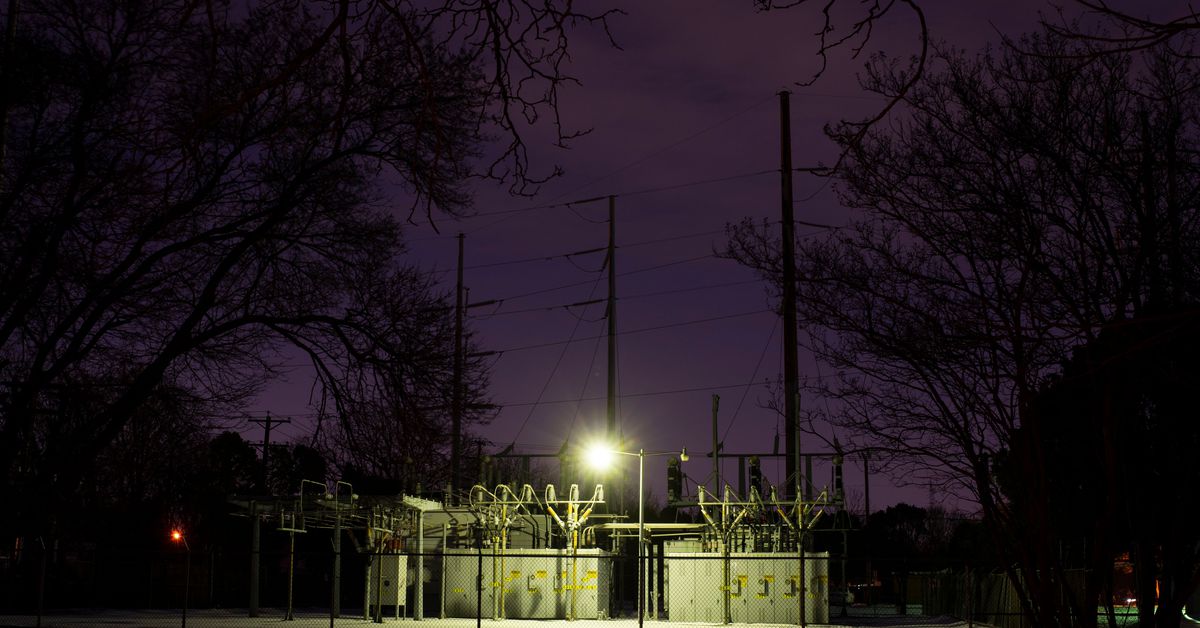As the lights start to turn on after almost a week of outages across Texas, residents who are already struggling to pay their utility bills may find it more difficult to recover. Costs are mounting, which may continue to limit some people’s access to heating and electricity, even after blackouts are over.
“The ‘heat or eat’ dilemma is a very, very significant issue,” says Emily Grubert, assistant professor of civil and environmental engineering at the Georgia Institute of Technology. “We know that a lot of people are basically going to choose between paying for heating or for other things they really need.”
Indoor temperatures are likely to have dropped more sharply in houses that are less insulated against the elements. When the heat is restored, it will cost more to heat these houses back to bearable conditions. As a result, some Texans may face higher bills, which will cost more for people who routinely sacrifice themselves to pay for food or medicine to keep electricity in their homes.
Images of ridiculously high energy bills are already circulating on social media. That’s because wholesale electricity costs skyrocketed amid climate-induced fuel shortages. Prices rose from about $ 50 per megawatt-hour to more than $ 9,000 per megawatt-hour on February 15, according to the Electric Reliability Council of Texas (ERCOT). As a result, Texans who have opted for wholesale prices, which are usually quite low, have seen a surprising increase in their utility bills.
A very low percentage of Texans is subject to this fluctuation in wholesale prices, according to Joshua Rhodes, an associate researcher at the University of Texas at Austin. Most people buy electricity from suppliers with fixed rates that will remain relatively stable. Even so, they may have a shock when the next bill arrives.
The lucky ones who had energy this week will face the cost of keeping their homes warm during cold temperatures. Those who have lost their energy will have to pay to reheat their frozen homes. For each degree that you increase your heating, costs generally increase by about 3%. With temperatures well below zero (32 degrees Fahrenheit) in many homes, it will take a lot of energy to reach a comfortable 68 degrees. This can mean higher than normal bills for people, even if they lose energy this week.
The disruptions also created other problems that were expensive for Texans, which could lead some families to make difficult decisions about what they can afford to pay as disaster-related expenses increase. Homes across the state are now dealing with flooding and water damage from bursting frozen pipes. And there are concerns about rising prices, as the supply of water and food in stores is low.
“People will have to make really difficult choices about where they are investing their resources,” says Dana Harmon, executive director of the Texas Energy Poverty Research Institute (TEPRI), a nonprofit organization. “Part of what this is showing us is how our food, water and energy systems are incredibly interconnected.”
The “heat or eat” dilemma was already a problem before the freeze came: 29% of residents interviewed by TEPRI said they delayed or stopped spending on food to pay energy bills.
And that is not limited to Texas. Before the pandemic, 1 in 3 households in the U.S. struggled to pay their energy bills, according to the US Energy Information Administration. As people lost income during the COVID-19 pandemic, the problem grew: 4.8 million Americans were unable to pay at least one energy bill last year and received a termination notice from their utility, concluded a recent Indiana study Bloomington University. Black and Hispanic families were more likely to have their service disconnected than white families. People who need electronic medical devices and people who live in inefficient homes with insufficient insulation are also more likely to have difficulties paying their utility bills.
“The usual social, economic and racial injustices in our society are only getting magnified again when you have that horrible cold that Texas was not designed for,” said Basav Sen, project director for climate policy at the progressive think tank Institute for policy studies.
There is a lot of work to be done to prevent another energy crisis like the one that devastated Texas this week. There are more and more requests to update the state’s electricity grid to make it more resistant to climatic extremes, including heat waves, which are becoming more prevalent because of climate change. These changes will be costly, and experts are already concerned that they will hurt people who are already feeling the pinch of high energy costs.
“Who pays for it? Customers, right? ”Says Tony Reames, director of the University of Michigan’s Urban Energy Justice Laboratory. “We are likely to see increases in utility bills as utilities try to recover the cost of any infrastructure improvements they make after that.”
Low-income families in Texas already spend about 10% of their income, on average, on energy, according to TEPRI. This is compared to 2% for higher income households. Anything above 6 percent is already considered inaccessible, according to the American Council for an Energy Efficient Economy.
Keeping the lights on for everyone – disaster or not – may require rethinking the way we treat energy, says Reames. “Energy is a basic right and therefore, instead of treating it as a commodity, how can we think of it as something that people should have access to?” he says. “Especially when they need it most.”
